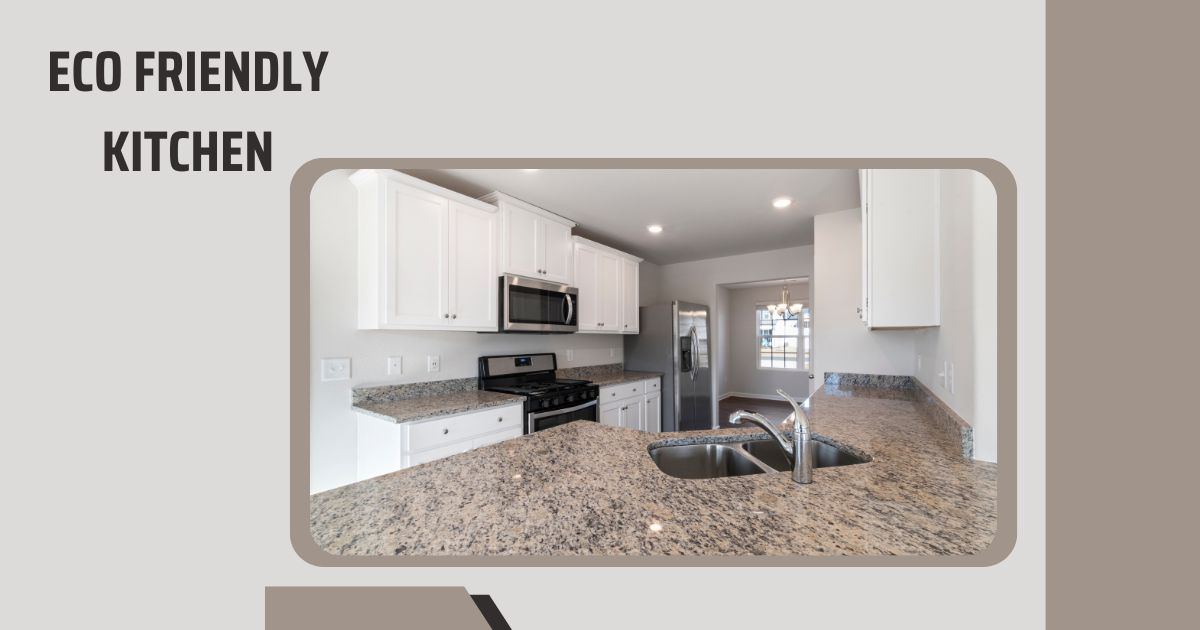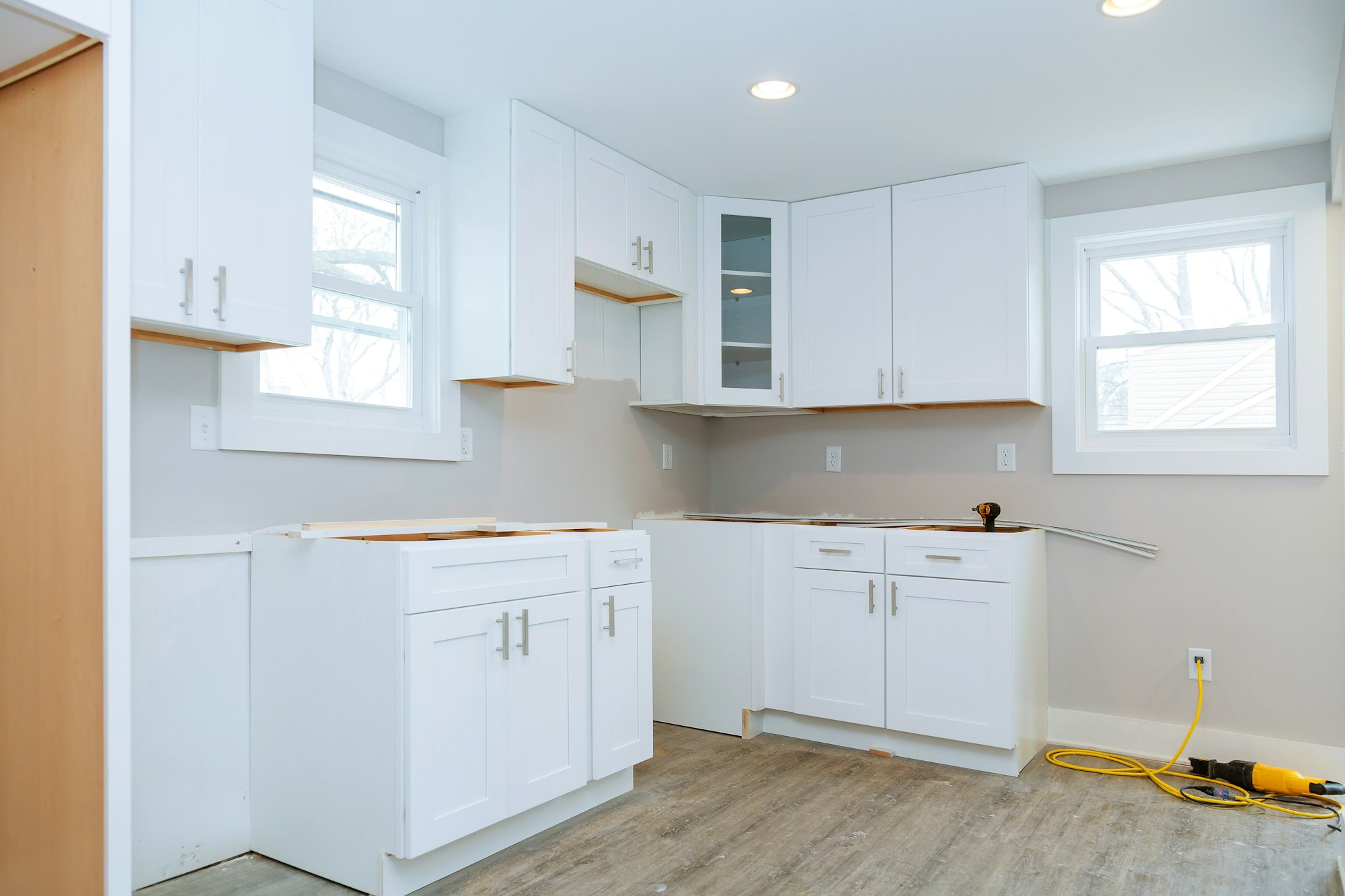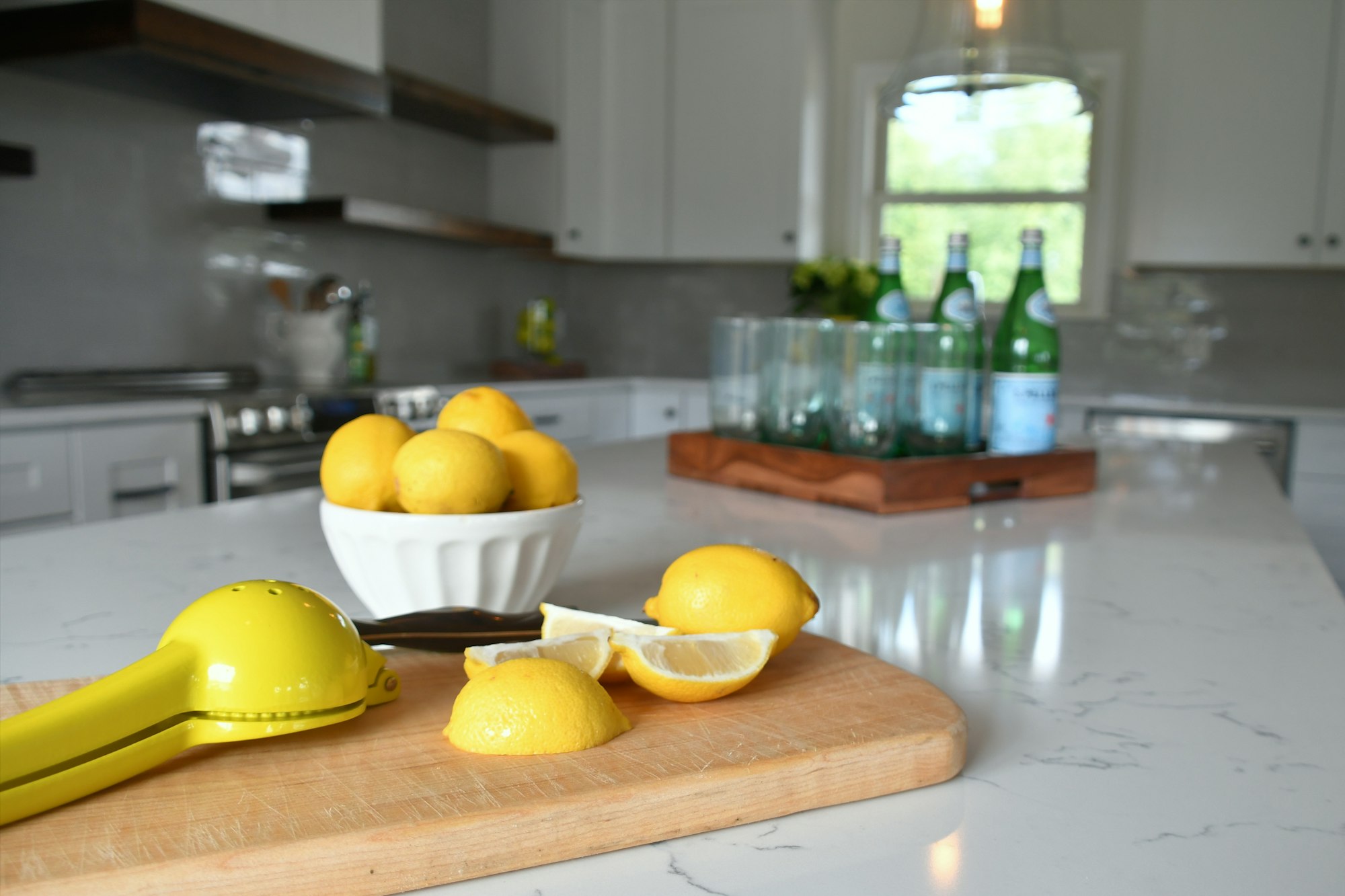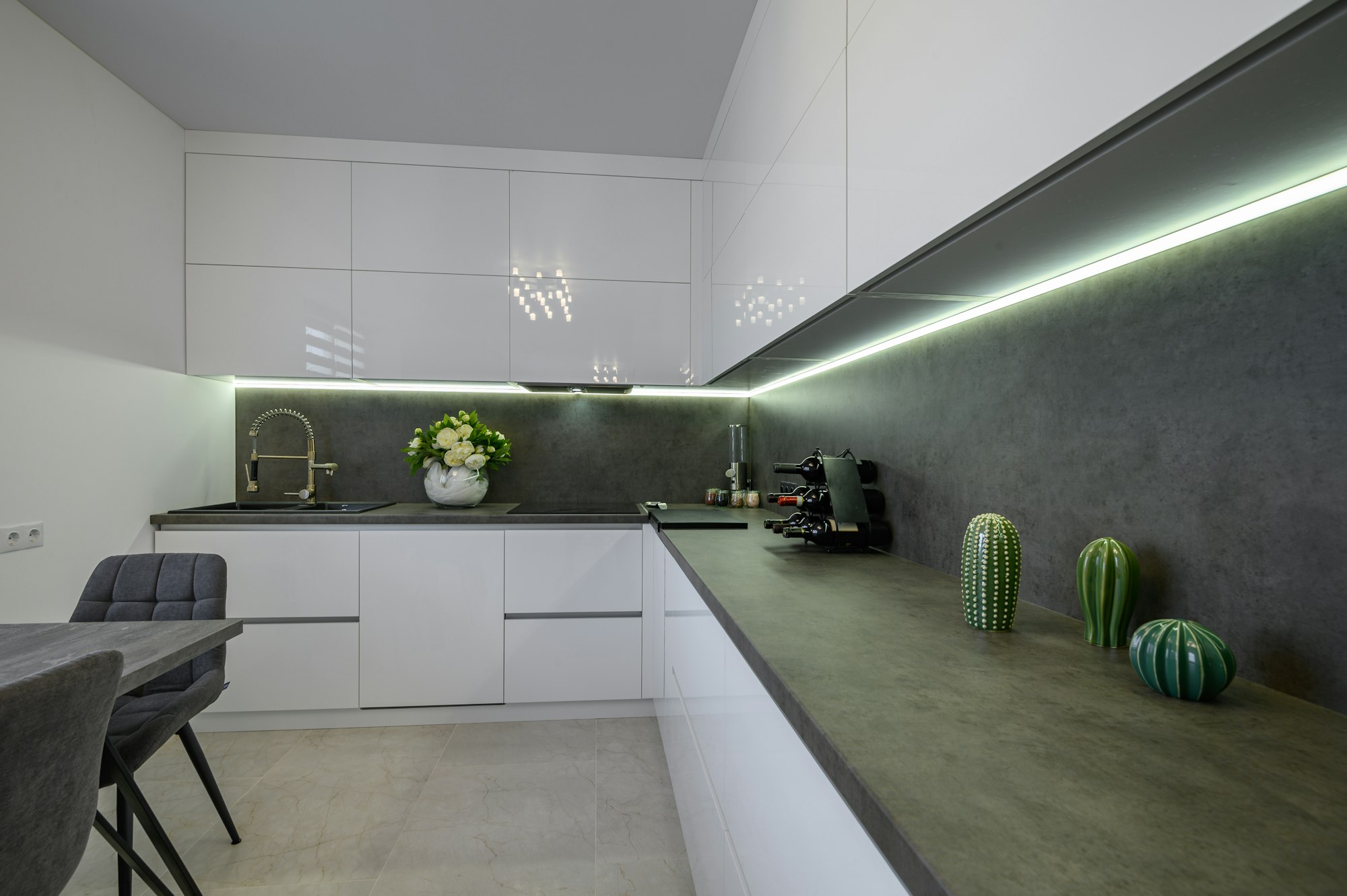Green Up Your Kitchen: Eco-Friendly Tips and Tricks
With the increasing global awareness of environmental concerns, more and more individuals are striving to find ways to reduce their carbon footprint and make a positive impact on the planet. A key area where this is particularly significant is the kitchen, given the high usage of energy and resources involved. Fortunately, many ways exist to design an environment-friendly kitchen that reduces your impact on the planet and creates a healthier and more sustainable living space. This article will explore some top tips for designing an eco friendly kitchen.
Invest in Energy-Efficient Appliances
Buying energy-efficient kitchen appliances is a simple approach to lessen one’s environmental impact. Look for appliances that are labeled as Energy Star certified, as they use less energy and water than traditional models. Energy Star-certified appliances can reduce your energy bills by up to 50%, which means you’ll save money while reducing your impact on the environment.
Choose Sustainable Materials
When designing an environment-friendly kitchen, it’s important to choose sustainable materials that are renewable and non-toxic. Look for materials like bamboo, recycled glass, and salvaged wood, which are environmentally friendly and durable. Additionally, consider using low-VOC (volatile organic compound) paint and finishes, as they are better for indoor air quality and your health.
Reduce Water Usage
Water is a precious resource, and reducing your water usage in the kitchen is an important step in creating an environment-friendly space. Choose a dishwasher with a low water usage setting, and install a faucet aerator to reduce water flow. Additionally, fix any leaks or drips in your kitchen sink or faucet, as they can waste significant water over time.
Maximize Natural Light
Another way to design an environment-friendly kitchen is by maximizing natural light. Natural light is not only more energy-efficient than artificial lighting, but it also creates a warm and inviting atmosphere in your kitchen. Install large windows or skylights to let in as much natural light as possible, and consider using reflective surfaces like mirrors or stainless steel to bounce light around the room.
Optimize Storage
A cluttered and disorganized kitchen can be stressful and inefficient, so optimizing storage is important in designing an environment-friendly kitchen. Choose cabinets and shelves that are made from sustainable materials and use space-saving solutions like pull-out shelves, lazy susans, and built-in organizers to maximize storage space. This will make your kitchen more functional and reduce the need for additional storage solutions that may not be environmentally friendly.
Use Recycled or Reclaimed Materials
Using recycled or reclaimed materials in your kitchen design is another way to reduce your environmental impact. Use reclaimed wood for your flooring or countertops, or repurpose materials like glass bottles or old appliances for decorative purposes. This will not only give your kitchen a one-of-a-kind design, but it will also help you save money and save the environment.
Compost Food Waste
Food waste is a major contributor to landfills, but you can reduce your impact by composting food waste in your kitchen. Food scraps and other organic waste can be composted in a simple and eco-friendly way to create nutrient-rich soil for gardening or landscaping. Invest in a compost bin or create your own using a container or bin, and start composting your food waste today.
Install LED Lighting
In addition to maximizing natural light, installing LED lighting in your kitchen can also be a great way to reduce energy usage. LED lights last significantly longer than their incandescent counterparts and use significantly less energy, reducing maintenance costs and overall financial impact. Plus, LED lighting comes in various colors and brightness levels, making creating a custom look for your kitchen easy.
Choose Energy-Efficient Windows
Windows can have a big impact on the energy efficiency of your kitchen, so it’s important to choose windows that are designed to keep your home insulated. Look for windows with low U-values and high R-values, which indicate that they are better at blocking heat transfer. Additionally, consider installing double-paned windows or adding window film to existing windows to improve insulation and reduce energy usage.
Use Eco-Friendly Cleaning Products
Cleaning products can contain harmful chemicals that are bad for the environment and your health, so choosing eco-friendly cleaning products for your kitchen is important. Look for products that are labeled as biodegradable, non-toxic, and free of harmful chemicals like chlorine and ammonia. Additionally, consider using natural cleaning solutions like vinegar, baking soda, and lemon juice, which are effective and environmentally friendly.
Reduce Single-Use Plastics
Single-use plastics like plastic bags, straws, and utensils can greatly impact the environment, so reducing your usage of these items in your kitchen is important. Invest in reusable shopping bags, beeswax wraps, and silicone storage bags to reduce your reliance on single-use plastics. Additionally, consider using reusable utensils, straws, and water bottles to reduce waste and promote sustainability.
Grow Your Own Herbs and Vegetables
If you want to lessen your environmental impact and make your kitchen more eco-friendly, try growing some of your own herbs and vegetables. By growing your own produce, you’ll reduce the need for transportation and packaging and have fresh, organic produce at your fingertips. Consider starting a small herb garden on your windowsill or balcony or investing in a small vegetable garden in your yard.
Consider Energy-Efficient Flooring
Flooring can have a big impact on the energy efficiency of your kitchen, so it’s important to choose the flooring that is designed to keep your home insulated. Look for materials like cork or bamboo, which are renewable and eco-friendly. Additionally, consider installing radiant heating beneath your flooring, reducing the need for additional heating solutions and making your kitchen more energy-efficient.
Choose a Gas Range
Gas ranges are more energy-efficient than electric ranges, as they heat up faster and require less energy to maintain a consistent temperature. Additionally, gas ranges are more precise and offer more control over cooking temperatures, which can result in better-tasting food. If you’re designing a new kitchen, consider choosing a gas range over an electric one to reduce energy usage and promote sustainability.
Install a Water Filtration System
Installing a water filtration system in your kitchen is a great way to reduce your reliance on bottled water and promote sustainability. With the help of a water filtration system, you can get pure, great-tasting water straight from the faucet in your kitchen. Additionally, a water filtration system reduces the need for plastic water bottles, which can greatly impact the environment.
Conclusion
In conclusion, making small changes that add up to big results is the key to designing an eco-friendly kitchen. Creating an eco-friendly kitchen involves:
- Making conscious choices, such as selecting energy-efficient appliances.
- Opting for sustainable materials.
- Using eco-friendly cleaning products.
You can also contribute to a greener planet by minimizing water usage, maximizing natural light, optimizing storage, and incorporating recycled or reclaimed materials. By incorporating these sustainable practices, you can create a kitchen that serves its functional purpose and aligns with your environmental values.








